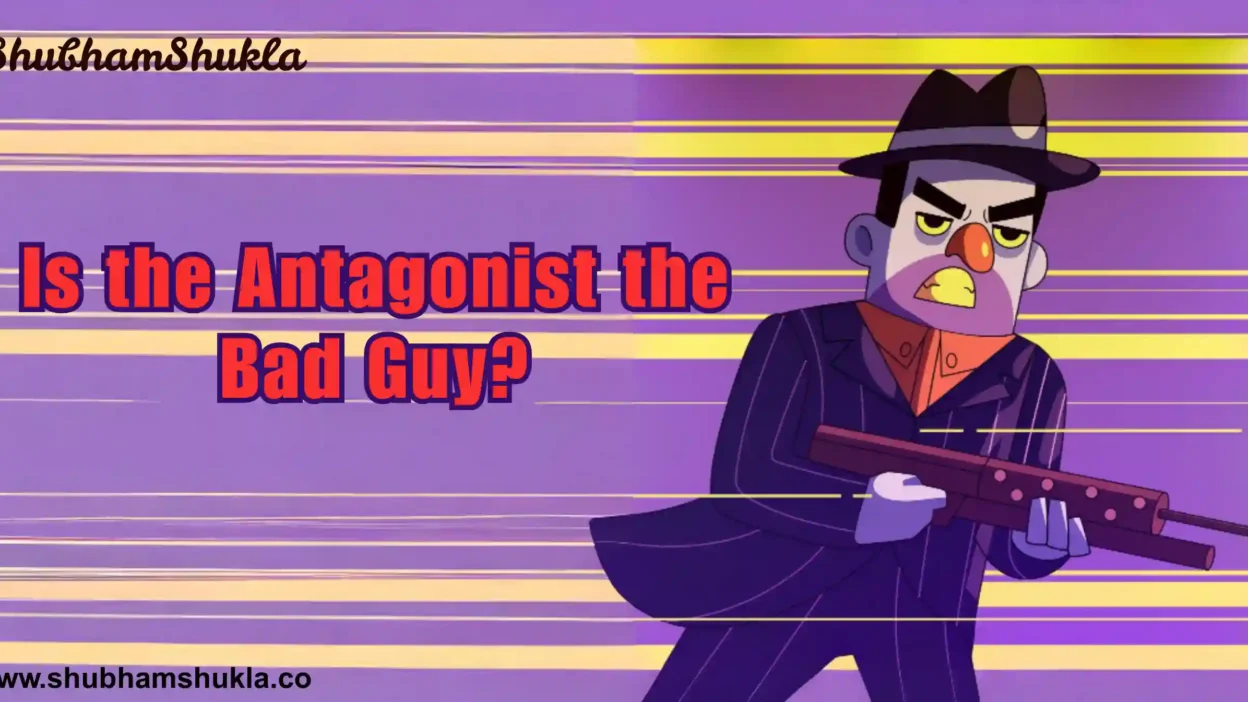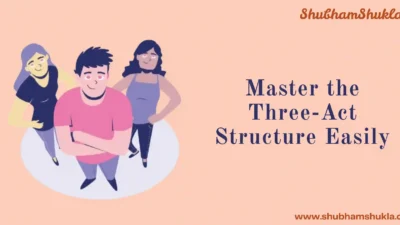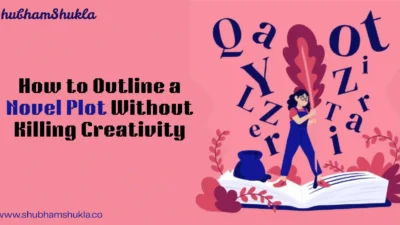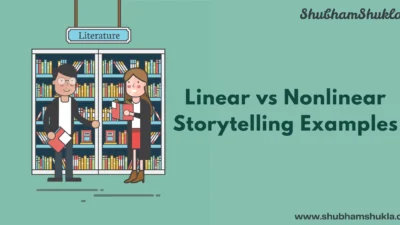Have you ever caught yourself calling a character “the bad guy” just because they were in the hero’s way? It’s easy to do. Most of us grew up with stories that made it simple: the hero wears white, the villain wears black, and there’s a clear line between right and wrong. But when you’re writing fiction—or even reading more nuanced stories—that line starts to blur.So… is the antagonist the bad guy? Well, not always. Let’s dig into it over a virtual cup of coffee, fellow writer.
- What Does “Antagonist” Really Mean?
- When the Antagonist Is the Bad Guy
- The Antagonist with Another Point of View
- Internal Antagonists: When the Struggle Is Within
- In My Own Experience, I Found That…
- How to Write an Antagonist Who Matters
- So… Is the Antagonist the Bad Guy?
- FAQ: Quick Questions About Antagonists
What Does “Antagonist” Really Mean?
First, let’s clear up the basics. An antagonist is simply someone—or something—that opposes the protagonist. That’s it. They’re the force that creates conflict, that pushes back when the main character moves forward. But that doesn’t mean they’re evil.
Think about Les Misérables. Inspector Javert is the antagonist, but he’s not a mustache-twirling villain. He’s a man bound by law and duty, trying to make sense of a world where mercy might actually be stronger than justice.
And yet, he makes life incredibly hard for poor Jean Valjean. Is the antagonist the bad guy in that story? Kind of. But also… not really.
You may also like: Small Roles, Big Impact: Writing Scene Characters That Matter
When the Antagonist Is the Bad Guy
There are definitely times when the antagonist is as bad as it gets. Take Voldemort in Harry Potter or Sauron in The Lord of the Rings. These characters are evil through and through—power-hungry, destructive, and downright terrifying. They’re the kind of antagonists who leave no room for moral gray areas.
In stories like these, the answer is the antagonist, the bad guy is a pretty clear yes. These villains force the hero to rise above impossible odds, and we root for their downfall without hesitation.
But let’s not stop there, because not every antagonist is built from pure darkness.
The Antagonist with Another Point of View
Sometimes, the most compelling antagonists aren’t evil—they’re just in conflict with the protagonist’s worldview. And that’s where things get interesting.
Look at Black Panther. Erik Killmonger is a fantastic antagonist because his motivations make sense. He wants justice for oppressed people, and he’s driven by pain and loss. Is the antagonist the bad guy in that film? Well, Killmonger uses violent means, but his core message strikes a nerve with the hero—and the audience.
Or consider The Hunger Games. President Coin might not seem as bad as President Snow at first, but her lust for power mirrors his in unsettling ways. She becomes a reminder that antagonism can come from within the same side of the battle.
You may also like: Character Arc: How Great Stories Make Characters (and Readers) Evolve
Internal Antagonists: When the Struggle Is Within
Not all antagonists are people. Sometimes, the fiercest opposition comes from inside the protagonist themselves. Fear. Self-doubt. Addiction. Trauma. These internal forces can drive an entire plot, especially in character-driven fiction.
In The Queen’s Gambit, Beth Harmon’s biggest enemy isn’t a chess player—it’s her own battle with addiction and abandonment. The story becomes a powerful example of how internal antagonists create rich, emotional stakes.
So, is the antagonist the bad guy when it lives inside your hero? That question becomes more poetic than literal. The “bad guy” is what holds the character back, but it’s also what makes them human.
In My Own Experience, I Found That…
…the best antagonists are the ones I almost agree with. When I was writing my first full-length novel, I created an antagonist who was strict, cold, and obsessed with control. At first, I thought I was writing a classic “bad guy” role. But the more I explored her backstory, the more I understood her. She wasn’t evil—she was grieving, terrified of chaos, and trying to protect what she loved in the only way she knew how.
That moment changed the way I wrote forever. I stopped thinking of antagonists as plot devices, and started seeing them as full characters—with wounds, dreams, and their own version of “right.” If you’re stuck creating a villain, ask yourself: What would make you become that person? You might be surprised how deep the story goes.
How to Write an Antagonist Who Matters
If you’re a writer, here’s a bit of advice from one storyteller to another: treat your antagonist like a protagonist in their own story. They’re not just there to block the hero—they’ve got their own motives, fears, and goals.
Here are a few quick tips:
- Give them believable motivations. What do they want, and why?
- Avoid lazy evil. “They’re just bad” isn’t enough.
- Let them challenge the protagonist’s worldview.
- Show their humanity, even if it’s just a flicker.
The more nuanced your antagonist is, the more powerful your story becomes.
You may also like: Real Character Development: 9 Proven Methods To Redefine You
So… Is the Antagonist the Bad Guy?
Sometimes. But not always. And even when they are, they’re rarely just “bad.”
Stories that linger with us—those ones we stay up late reading—tend to have complex conflicts. The antagonist makes us uncomfortable. They challenge what we believe. They hold up a mirror to the hero… and sometimes to us.
So next time you hear someone ask, is the antagonist the bad guy, maybe smile and say: “Well, it depends who’s telling the story.”
FAQ: Quick Questions About Antagonists
Q1: Does the antagonist always have to be a person?
Nope! It can be an internal struggle, a natural force, a system—anything that stands in the protagonist’s way.
Q2: Can the protagonist also be the antagonist?
Yes, especially in stories where the main character sabotages themselves. Think anti-heroes or psychological dramas.
Q3: What makes an antagonist memorable?
Depth, motivation, and emotional resonance. Readers remember antagonists who feel real, even if they hate them.
Q4: Should every story have an antagonist?
Not always in the traditional sense, but every story needs conflict—and that usually means something or someone working against your protagonist.



